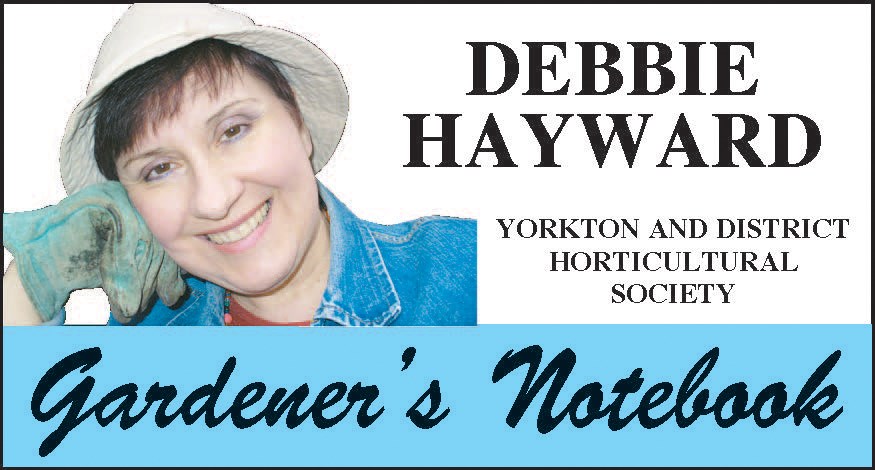What’s your most favorite thing on the Thanksgiving menu? Our modern menus are very different from the menu of the first Thanksgiving in 1621 at Plymouth Colony. That very special meal would have included wildfowl, wild turkeys, some seafood, pumpkins, and squash: all things that the combined efforts of the pilgrim and Native American community could bring to the table. Most of the vegetables would have been native to the new world, and it would be the Native Americans who taught the new settlers how to grow them.
Some variety of squash would certainly be part of the meal, because squash has been around for over 4000 years. The word “squash” actually comes from the Narragansett word askutasquash. Until the time when Columbus got his feet wet landing on the shores of the new world, Europeans didn’t know anything about squash. Think of what they were missing!
There are over 100 varieties of squash, with an amazing range of sizes, colors, and flavors. There are the smooth and elegant acorn squash, the bumpy but beautiful Hubbards, the sleek zucchinis, the exotic and colorful Turk’s Turban, the smooth and versatile spaghetti squash, the dense and delicious butternuts… the list goes on and on!
But to narrow it down, there are primarily two kinds of squash: summer squash, like zucchini, which are eaten when their skins are still soft and they are considered “immature”; and winter squash, like pumpkins or spaghetti squash, which are allowed to grow longer, till the skin becomes tough and hard. These are the squashes that will keep into the winter.
In spite of the variety in the squash family, they still need to be grown in the soil, not in a container, for best results. They like full sun and room to stretch, because they have big root systems. We can plant them in hills, three to five seeds to a hill, and then thin them out, if needed.
Now let’s talk about the “birds and the bees” in the squash patch. Did you know that the male flowers are the first to appear? The female flowers come after. If you are new to growing squash, you can tell the difference between a boy flower and a girl flower because the girl flower has a tiny bump at the base of the petals, and this bump will later become our squash.
Summer squash we pick and eat early, but for winter squash that we are bringing indoors, we wait until the skin is hard (we can’t make a dent in it with our fingernail), and then we let the fruits cure for several days in a warm, dry location like a shed, greenhouse or garage.
And if we have a particular favorite and decide to save the seeds, they will keep for about two years. I know some gardeners like to keep seeds for a long time, and the possibility is there that they may germinate. But if they don’t, you have lost those days, making your plants delayed, so it may be best to start with fresh seeds after two or three years have gone by.
Squash are a delight to grow: they grow rapidly and look so wild and robust in our gardens. There’s a squash for every taste, so make a “reminder” note in your garden journal to plant a new and exciting squash next year!
The next meeting of the Yorkton and District Horticultural Society on October 16 is a “members only” meeting. Members, if you have any questions call Liz at 782-2830.
Visit us at www.yorktonhort.ca and have a great week! Happy Thanksgiving, may you enjoy an abundance of time with dear family or friends and a chance to reflect on our many blessings. God bless, and happy anniversary to my sweetheart!



